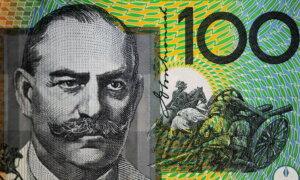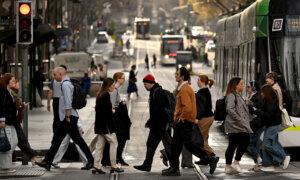As Spending Slows, Tax Cuts Saved for Future Needs
Spending remained stagnant last month, despite the anticipation of tax cuts boosting retailer fortunes. Many consumers opted to save rather than spend the extra cash.
The flat results in July fell short of the 0.3 percent growth expected by analysts, following two months of positive outcomes.
Ben Dorber, head of retail statistics at the Australian Bureau of Statistics (ABS), noted that discounting had driven activity in May and June, leading to sustained retail turnover in July.
Although tax relief was implemented at the beginning of the month, economist Ryan Felsman from CommSec mentioned that its impact on spending was not yet significant.
Consumer spending on items like clothing, footwear, and department stores decreased in the past month as shoppers became more cautious due to higher borrowing costs and living expenses.
A surge in deposits indicated that many households chose to save the extra money from tax cuts in various accounts like transaction, savings, offset, and term deposits.
Sally Tindall, director of data insights at Canstar, highlighted that Australians deposited $30.8 billion (US$20.9 billion) in banks in July, marking the highest monthly increase on record according to the Australian Prudential Regulation Authority.
July typically sees a surge in deposits as people save tax returns, but this year, many households likely saved extra money from tax cuts and government rebates on electricity bills in Queensland and Western Australia.
Tindall noted that households with mortgages realize the benefits of keeping money in offset accounts or making extra repayments to avoid paying more interest to banks.
The Reserve Bank of Australia may view the trend of households prioritizing savings over spending positively as it aims to curb inflation by reducing consumer demand.
In July, there was a notable decline in clothing, footwear, and department store sales, while cafes, restaurants, takeaway food services, household goods, and other retail sectors remained steady or experienced slight decreases.
Only food retailing saw a slight increase of 0.2 percent. Despite a 2.3 percent growth in retail sales over the year, the increase was modest compared to the population growth rate of 2.6 percent.






